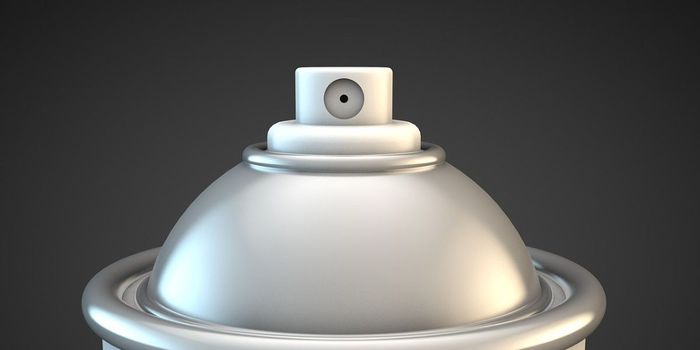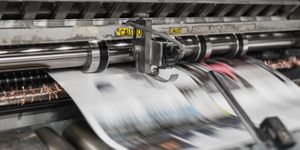Stroke Drug Enhances Stem Cell Therapies for Spinal Cord Injuries
Using rat models of spinal cord injuries, Yasuhiro Shiga, MD, PhD, thought treating them with stem cell therapy would point to nowhere but the nature of research is patience. At the end, results brought some light on understating pain levels in these kinds of injuries.
"Well, it doesn't seem to be working. I don't see any real change in pain behavior in any of the groups," said Shiga, a visiting scholar at University of California San Diego School of Medicine, apologetically, as he walked into the office of his supervisor, Wendy Campana, PhD, professor in the Department of Anesthesiology and Program in Neuroscience. "Although ... some rats are actually really moving."
What is different that time is researchers added a particular ‘stroke drug’ to the stem cell recipe before injecting into the rats spinal cord. The drug consists of a modified form of tissue-type plasminogen activator (tPA) used to target blood clots in non-hemorrhagic stroke and allows the blood and adequate oxygen to run freely into the brain post-stroke. In addition, TPA is a naturally occurring enzyme known to boost neuronal cell growth and lessen inflammation.
Findings were published in Scientific Reports and describes how researchers treated neuronal precursor cells referred to as progenitors with altered tPA.
"It was striking to see at two and four months the tremendous improvements in the ability of those progenitor cells to survive in the injury cavity," added Campana. "Just keeping these cells alive has been very difficult in past studies."
Learn more about spinal cord injuries:
"The addition of tPA-treated neural precursors didn't reduce pain in this model," Campana said. "But we also didn't exacerbate it -- and to not see increased pain is important safety information for clinical translation to improve motor outcomes. We also don't want worsen the pain burden of patients living with spinal cord injuries."
Source: Science Daily









